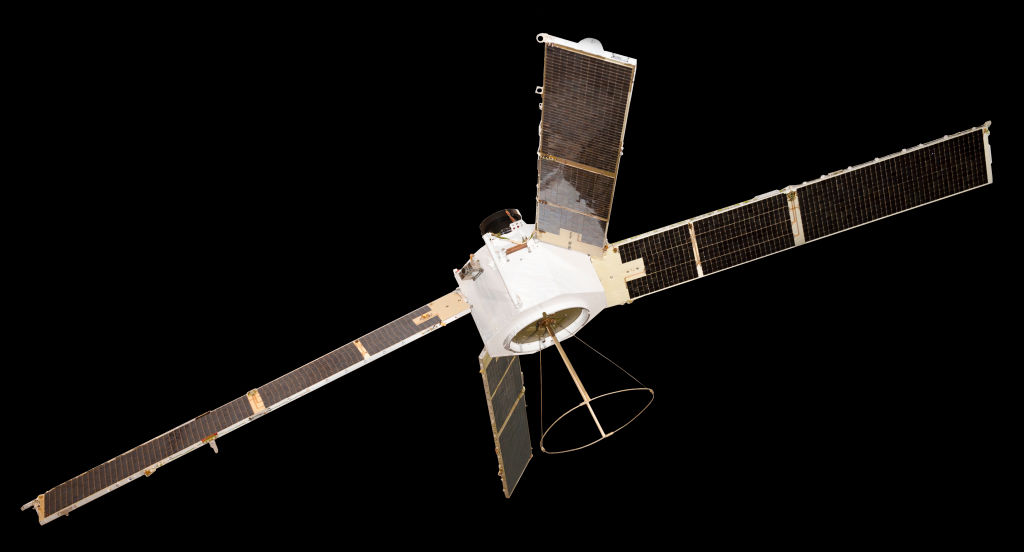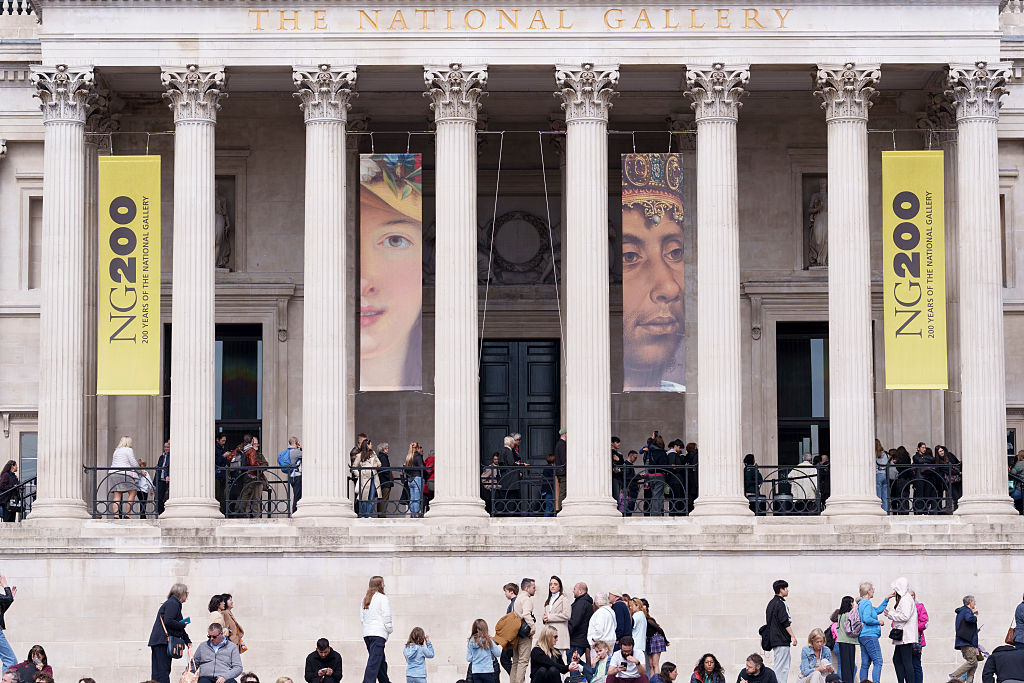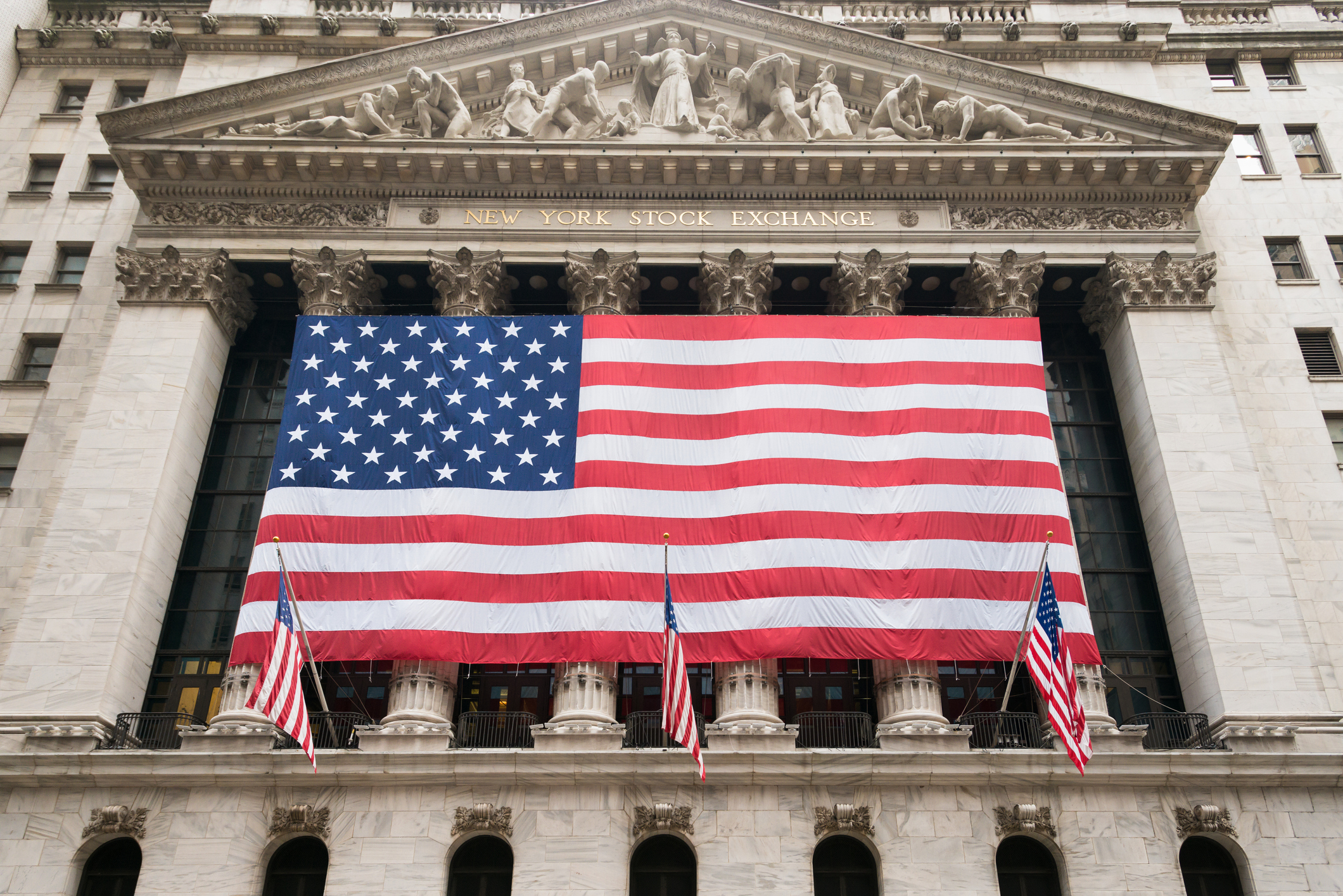27 February 1900: The launch of the Labour Party
Responding to the need for a single political party to represent the trade unions, the Labour Party was formed on this day in 1900.

In the second half of the 19th century, British politics was divided between the Liberals, who pitched themselves towards the middle class, and the Conservatives, who appealed to wealthier voters. However, the growth of the urban working class, combined with changes that increased their political power, meant that there was a need for a political party that represented their interests. At the same time, the fast-growing trade unions wanted to influence politics directly.
Initially, several small left-wing parties, such as the Independent Labour Party (ILP), contested elections, but a consensus soon emerged among the unions that they needed a single party. In February 1900, they formed the Labour Representation Committee (LRC), run by former ILP MP James Keir Hardie. The LRC won only two seats in the 1900 election, but support developed rapidly until it overtook the Liberals in 1922.
By that time, it had been renamed the Labour Party. It led coalitions in 1923-1924 and 1929-1931, but Prime Minister Ramsay MacDonald's decision to leave Labour and form a national government in 1931, with the Conservatives and Liberals, would nearly destroy it. It would not regain power until 1945.
MoneyWeek
Subscribe to MoneyWeek today and get your first six magazine issues absolutely FREE

Sign up to Money Morning
Don't miss the latest investment and personal finances news, market analysis, plus money-saving tips with our free twice-daily newsletter
Don't miss the latest investment and personal finances news, market analysis, plus money-saving tips with our free twice-daily newsletter
The 1945-1951 government was one of the most influential of modern times, creating the modern welfare state and the NHS. The party was subsequently in opposition from 1951-1964. After election defeat in 1979, internal splits and the creation of the rival Social Democratic Party in 1981, Labour spent 18 years in the wilderness. It finally returned to power in 1997.
Get the latest financial news, insights and expert analysis from our award-winning MoneyWeek team, to help you understand what really matters when it comes to your finances.

-
 The new 4% rule – how much should retirees really draw from their pension in 2026?
The new 4% rule – how much should retirees really draw from their pension in 2026?Brits retiring in 2026 could be withdrawing too much from their pension pots if they stick to an old rule about ‘safe’ limits – with the risk of running out of money in retirement
-
 Leaving it too late to gift inheritances costs some of Britain’s wealthiest families £3m each
Leaving it too late to gift inheritances costs some of Britain’s wealthiest families £3m eachEven average Brits are being landed with huge and unexpected inheritance tax bills because of a little understood rule around gifting, new figures show
-
 31 August 1957: the Federation of Malaya declares independence from the UK
31 August 1957: the Federation of Malaya declares independence from the UKFeatures On this day in 1957, after ten years of preparation, the Federation of Malaya became an independent nation.
-
 13 April 1960: the first satellite navigation system is launched
13 April 1960: the first satellite navigation system is launchedFeatures On this day in 1960, Nasa sent the Transit 1B satellite into orbit to provide positioning for the US Navy’s fleet of Polaris ballistic missile submarines.
-
 9 April 1838: National Gallery opens in Trafalgar Square
9 April 1838: National Gallery opens in Trafalgar SquareFeatures On this day in 1838, William Wilkins’ new National Gallery building in Trafalgar Square opened to the public.
-
3 March 1962: British Antarctic Territory is created
Features On this day in 1962, Britain formed the British Antarctic Territory administered from the Falkland Islands.
-
10 March 2000: the dotcom bubble peaks
Features Tech mania fanned by the dawning of the internet age inflated the dotcom bubble to maximum extent, on this day in 2000.
-
9 March 1776: Adam Smith publishes 'The Wealth of Nations'
Features On this day in 1776, Adam Smith, the “father of modern economics”, published his hugely influential book The Wealth of Nations.
-
 8 March 1817: the New York Stock Exchange is formed
8 March 1817: the New York Stock Exchange is formedFeatures On this day in 1817, a group of brokers moved out of a New York coffee house to form what would become the biggest stock exchange in the world.
-
7 March 1969: Queen Elizabeth II officially opens the Victoria Line
Features On this day in 1969, Queen Elizabeth II took only her second trip on the tube to officially open the underground’s newest line – the Victoria Line.